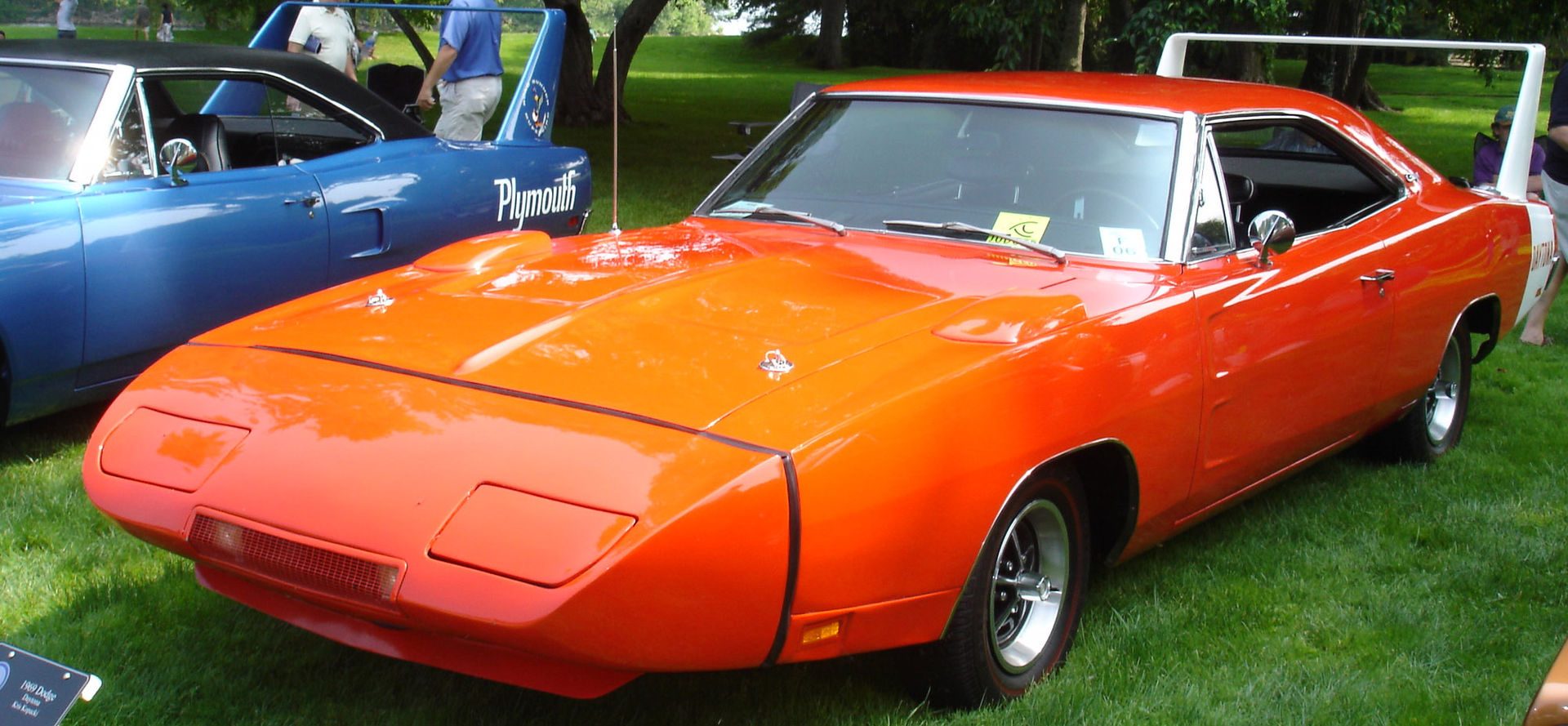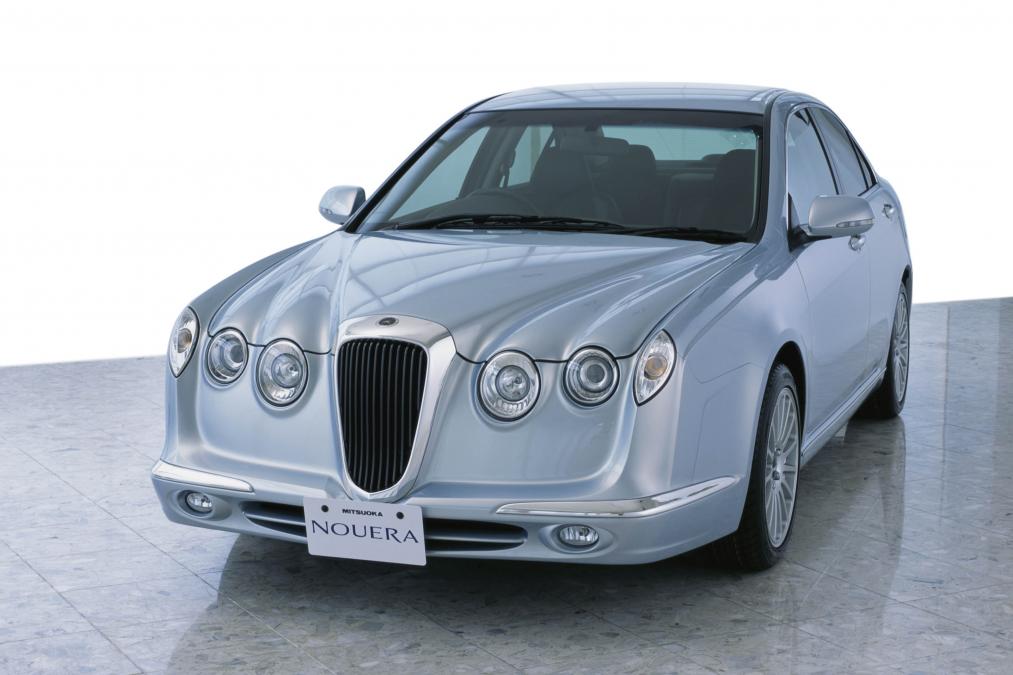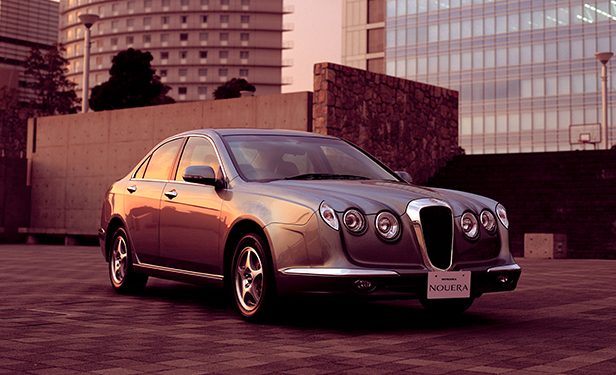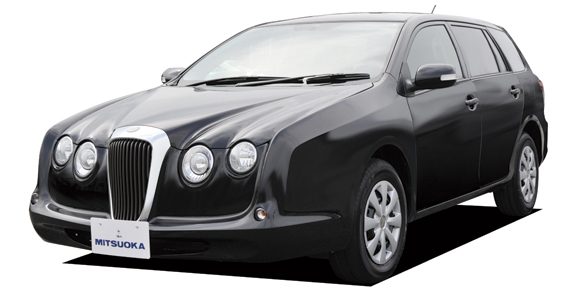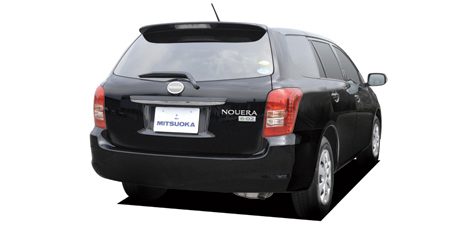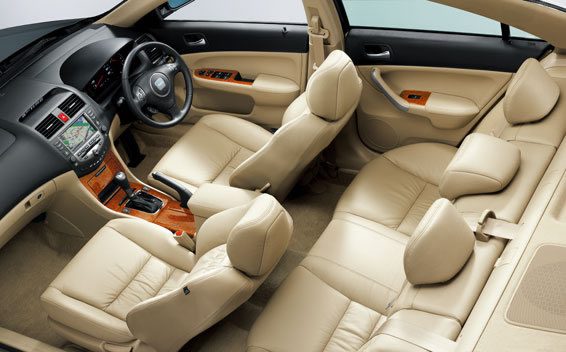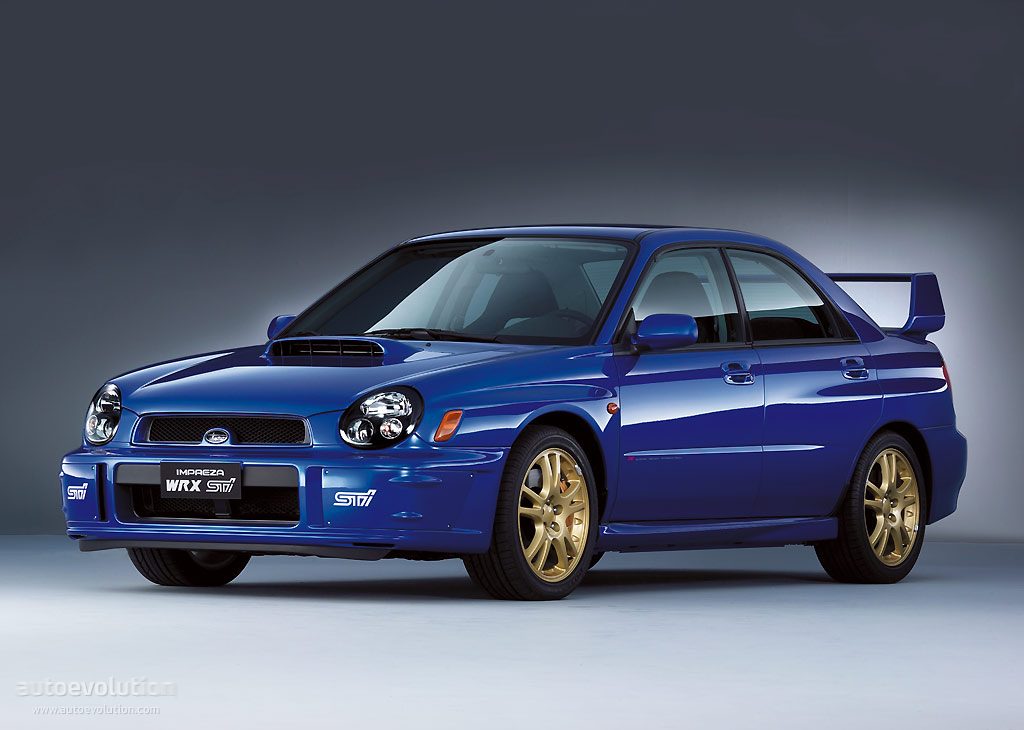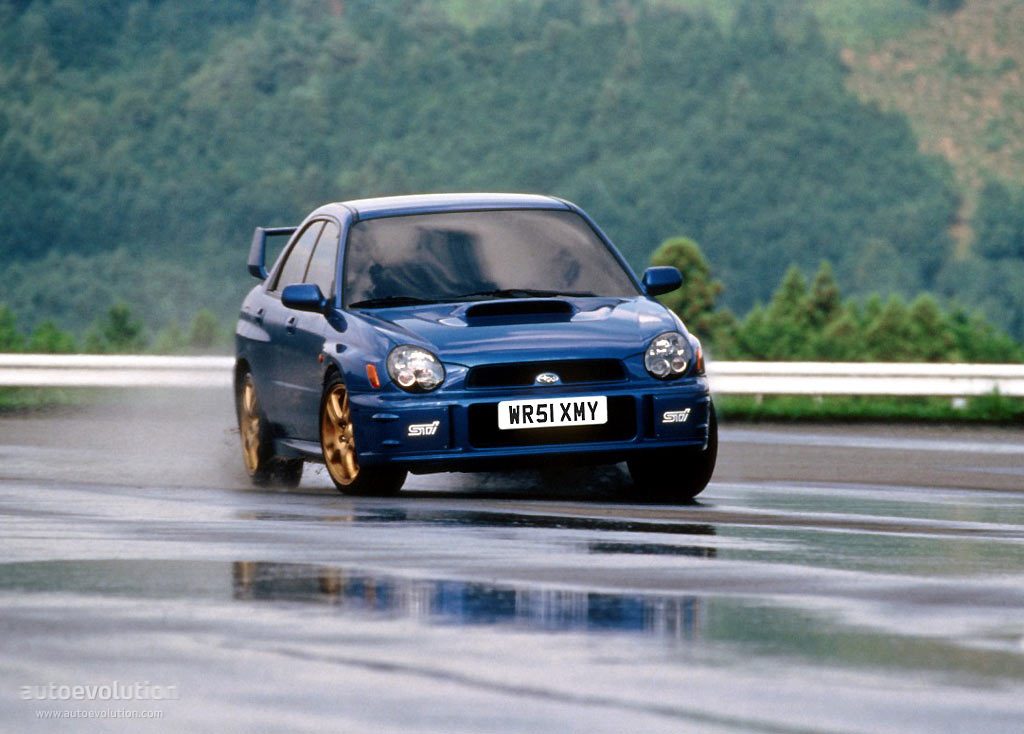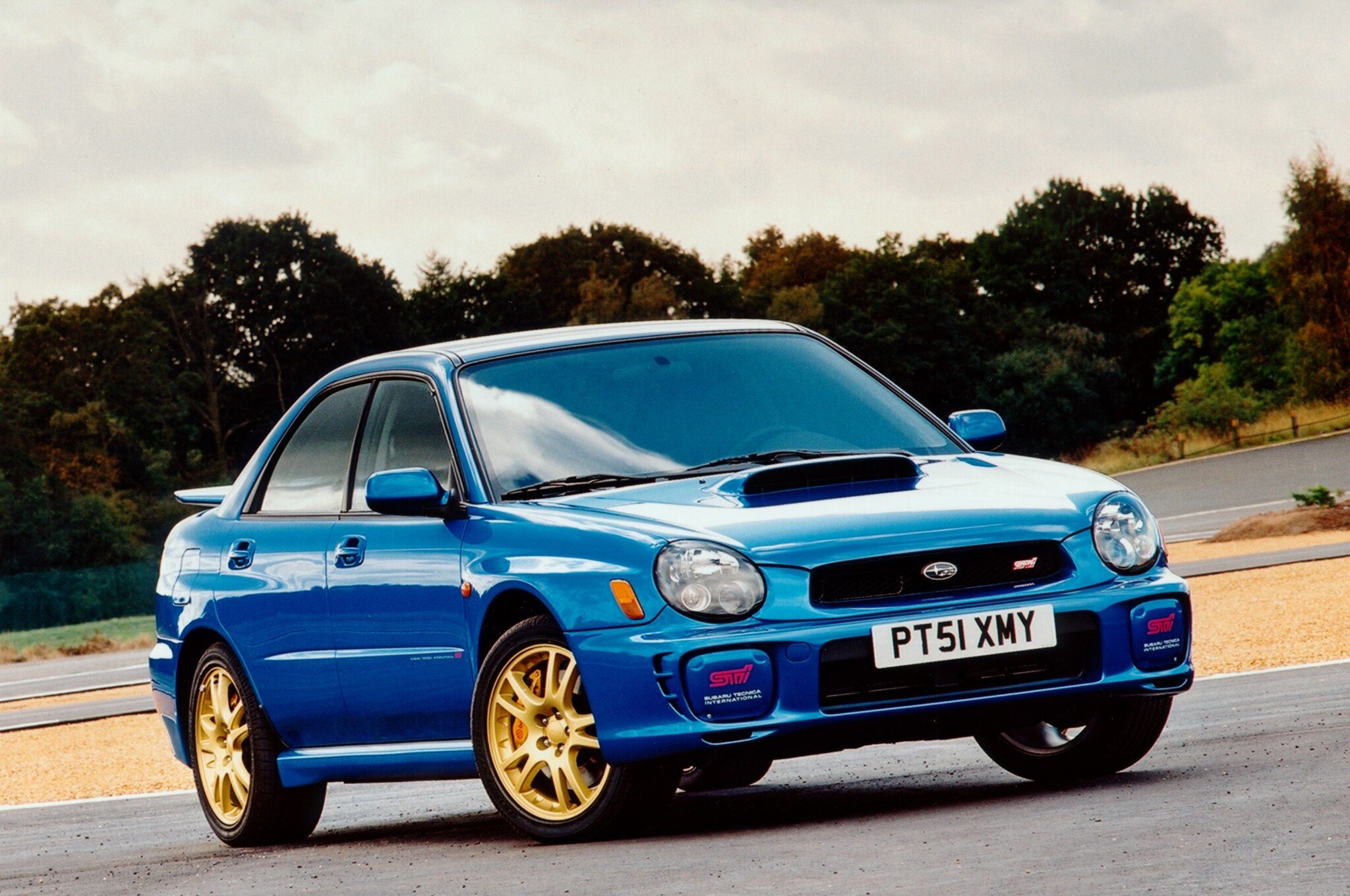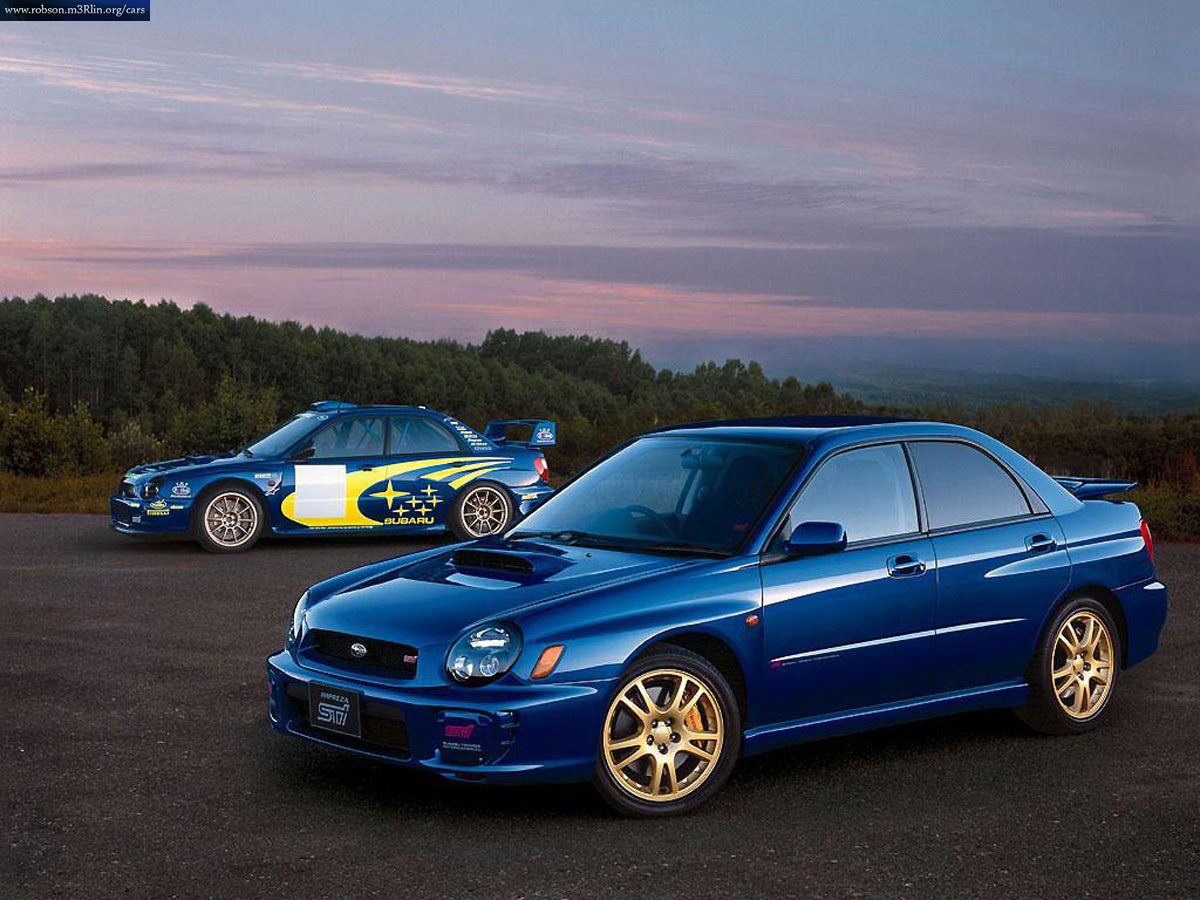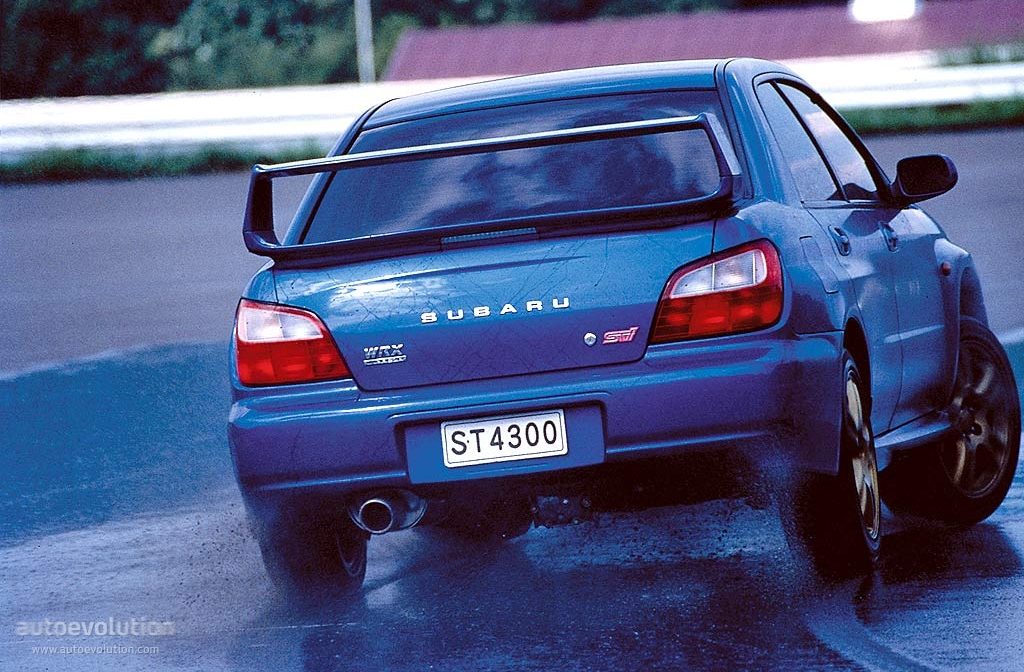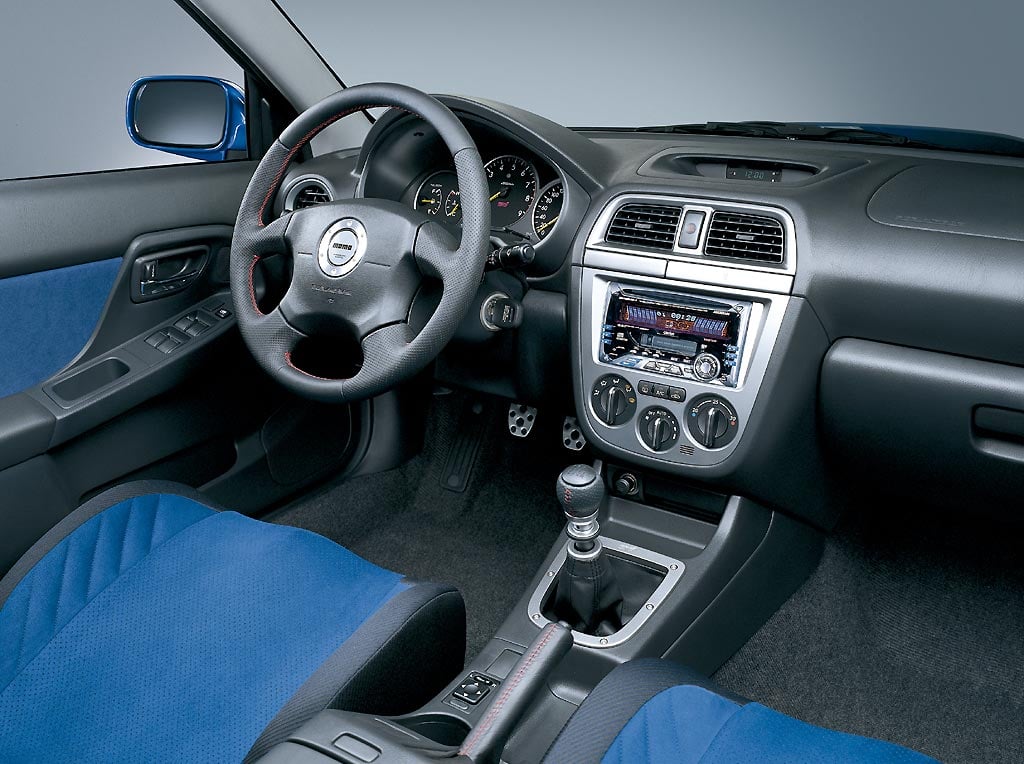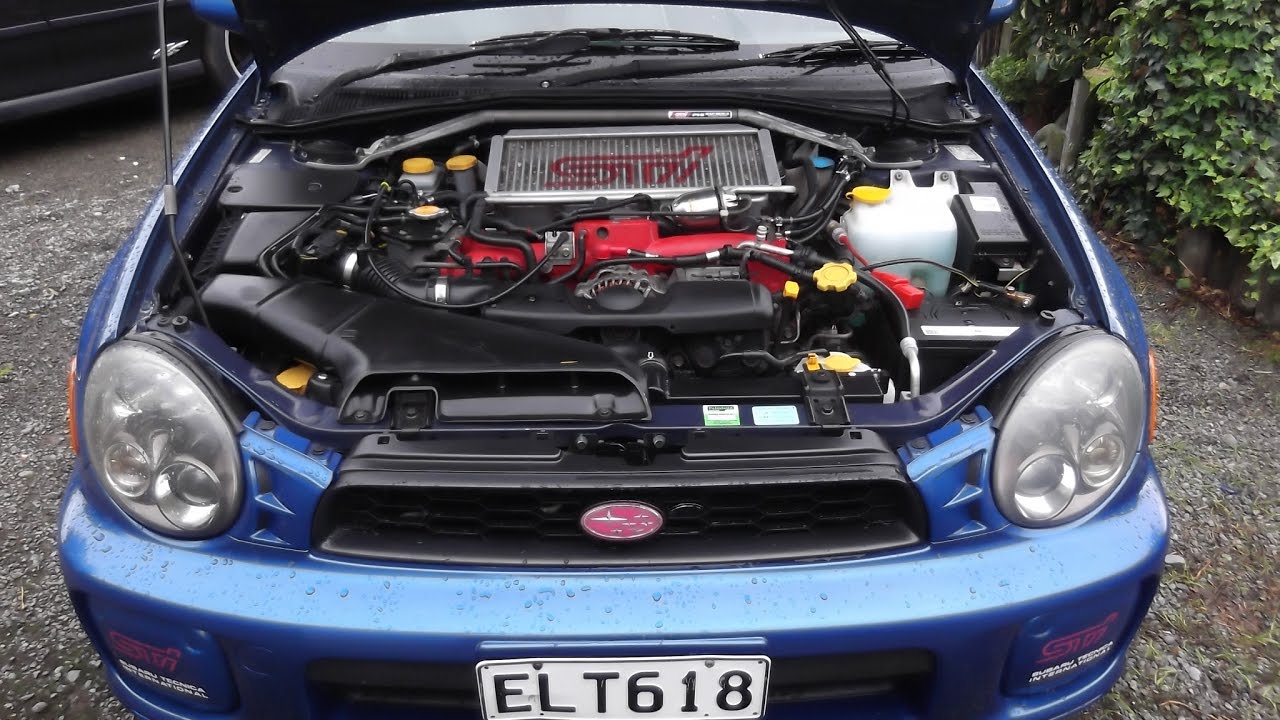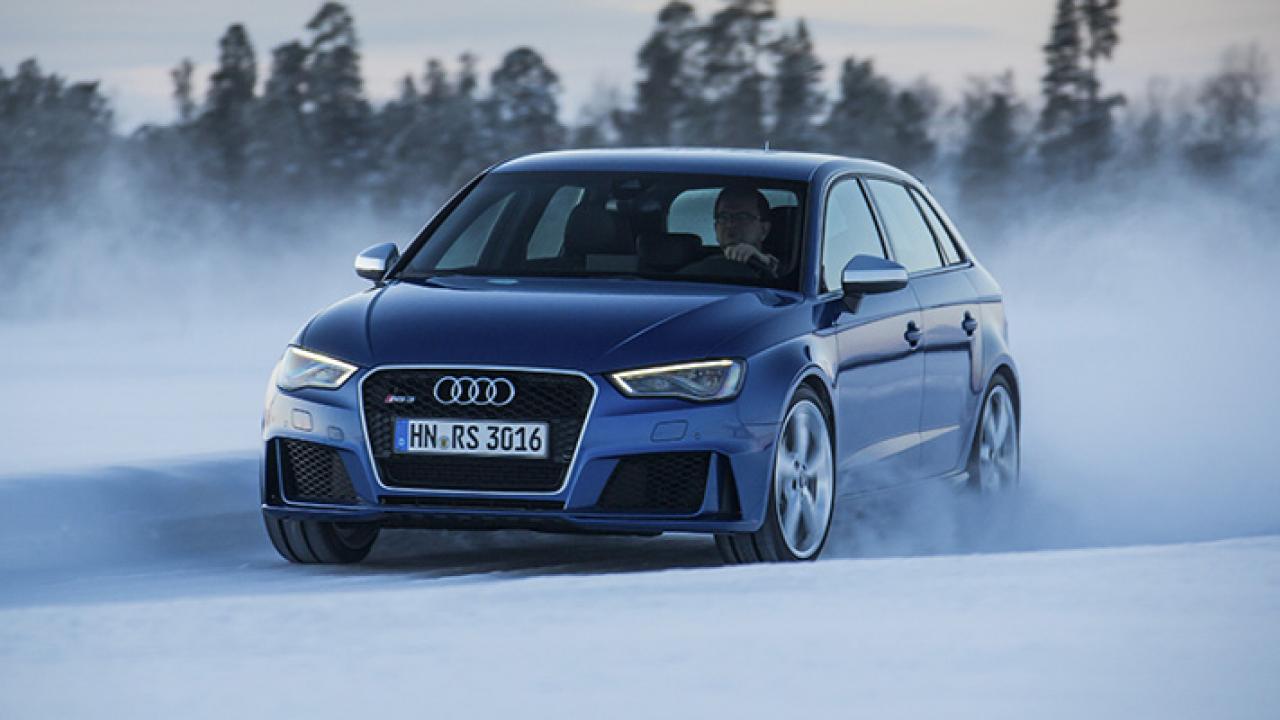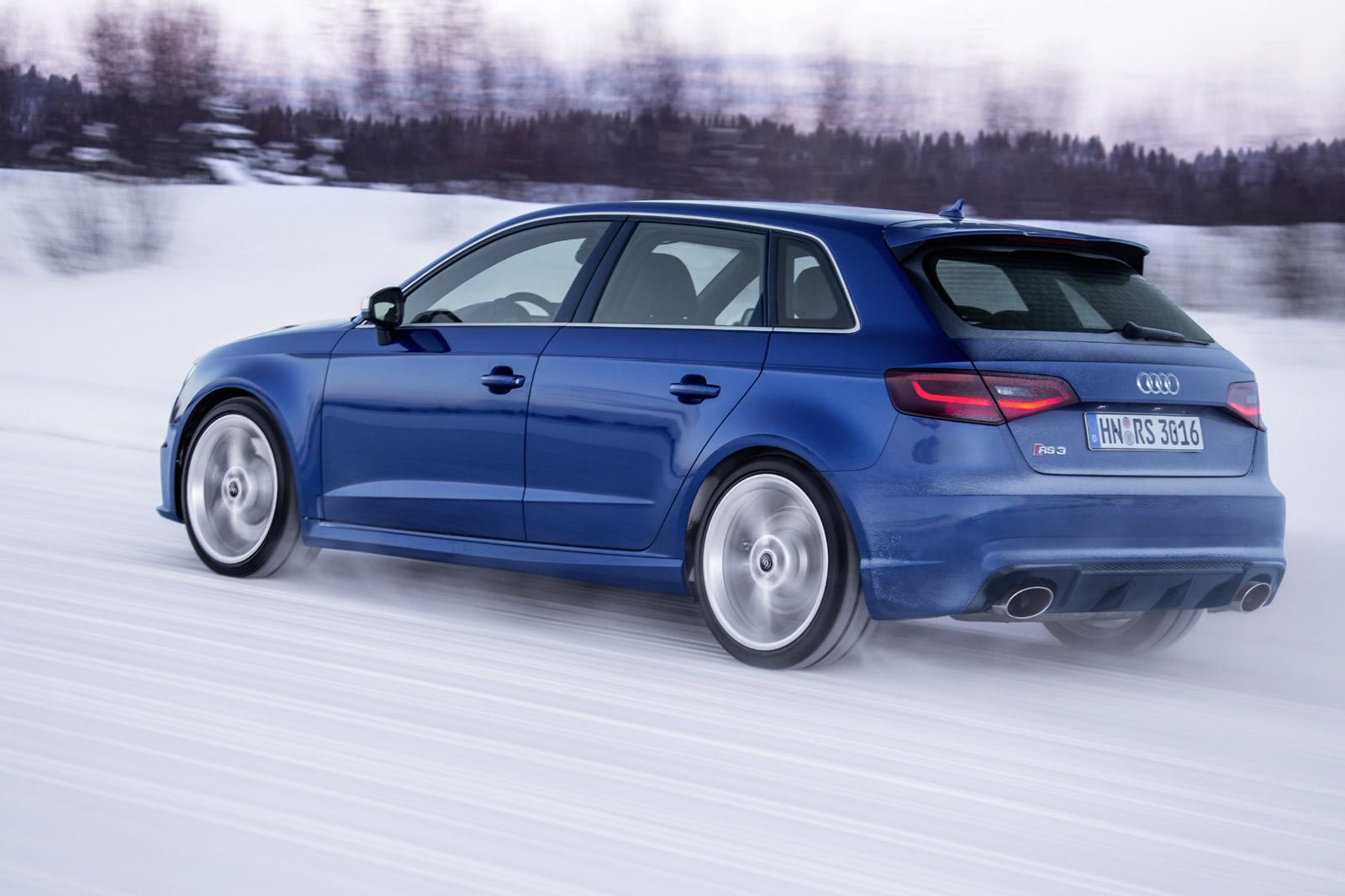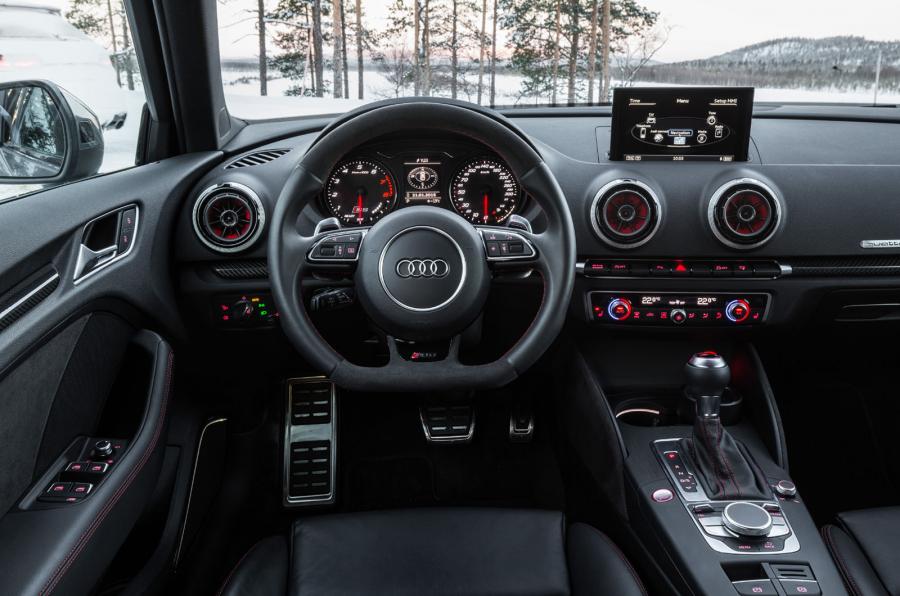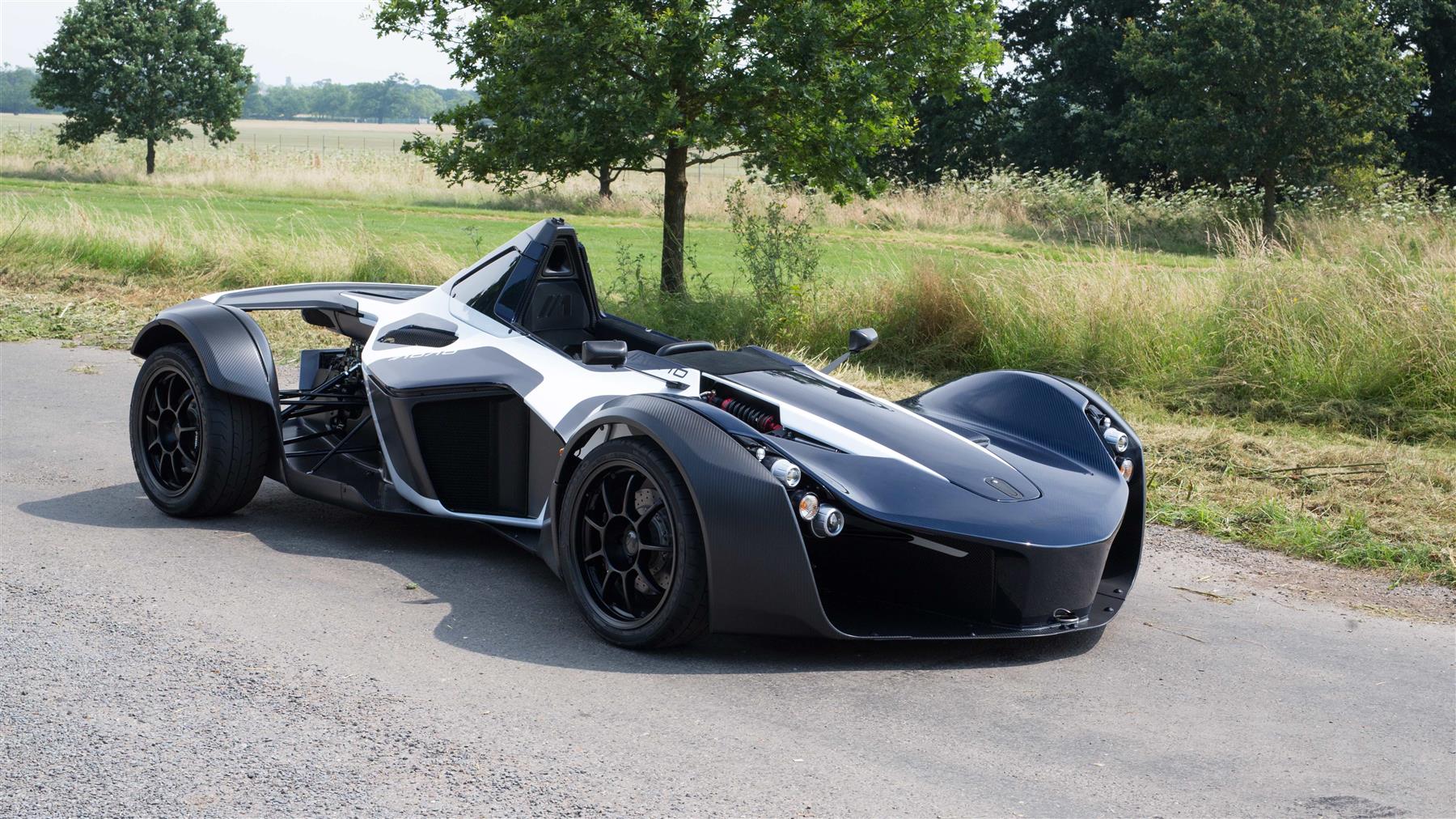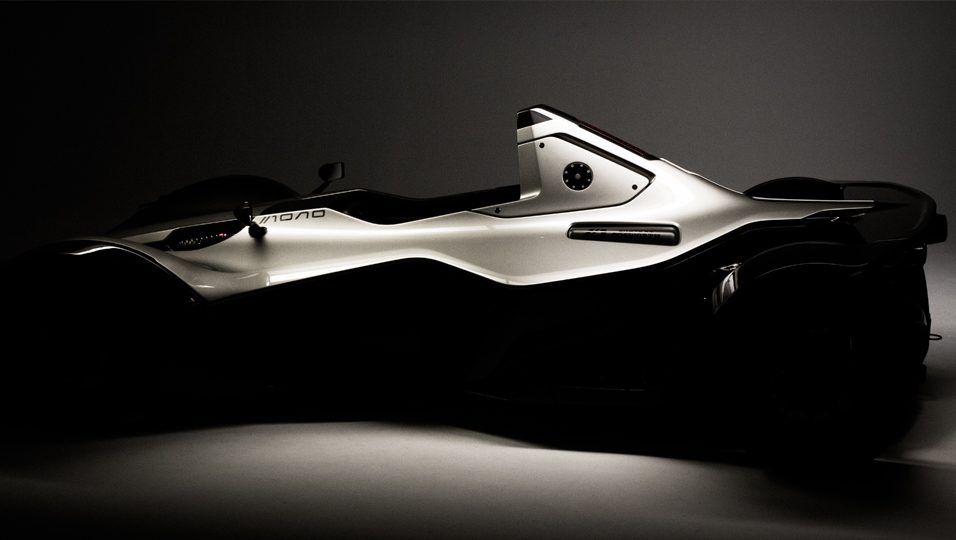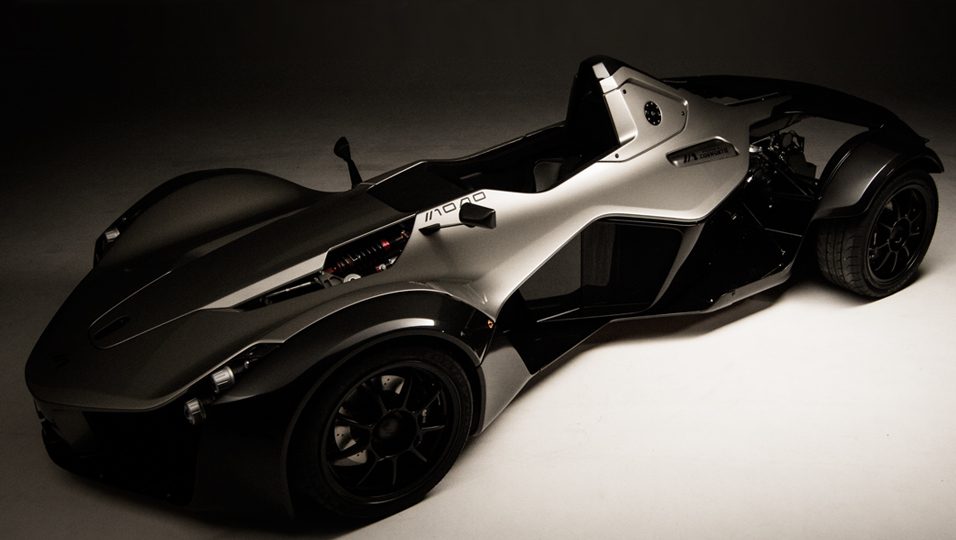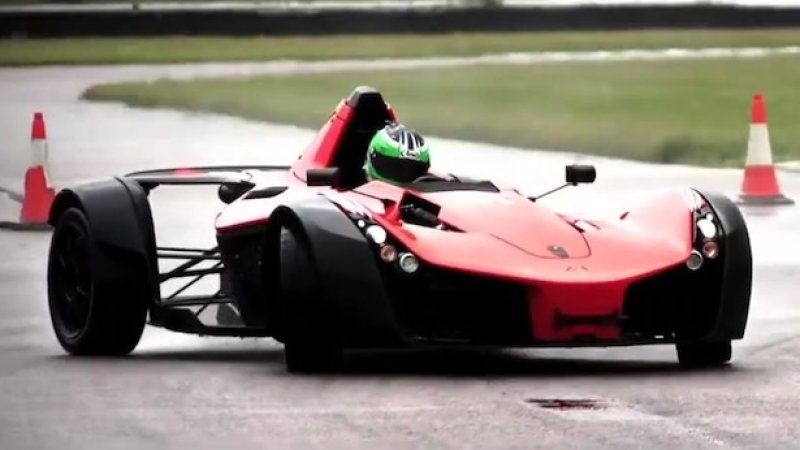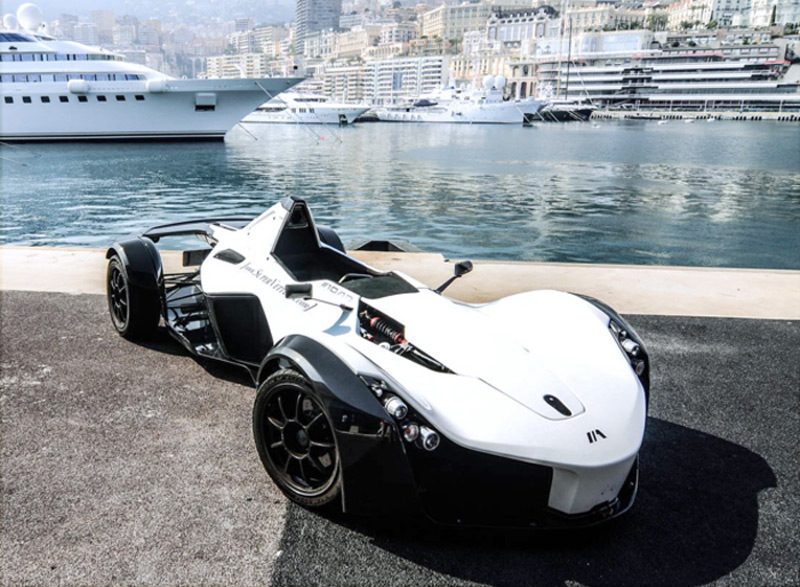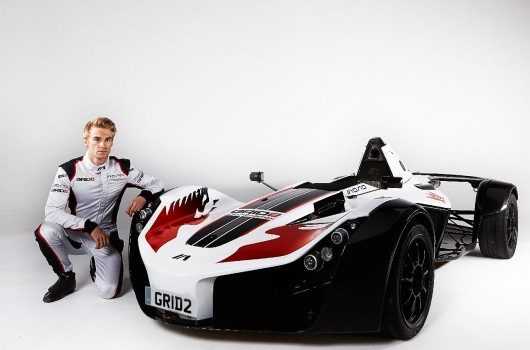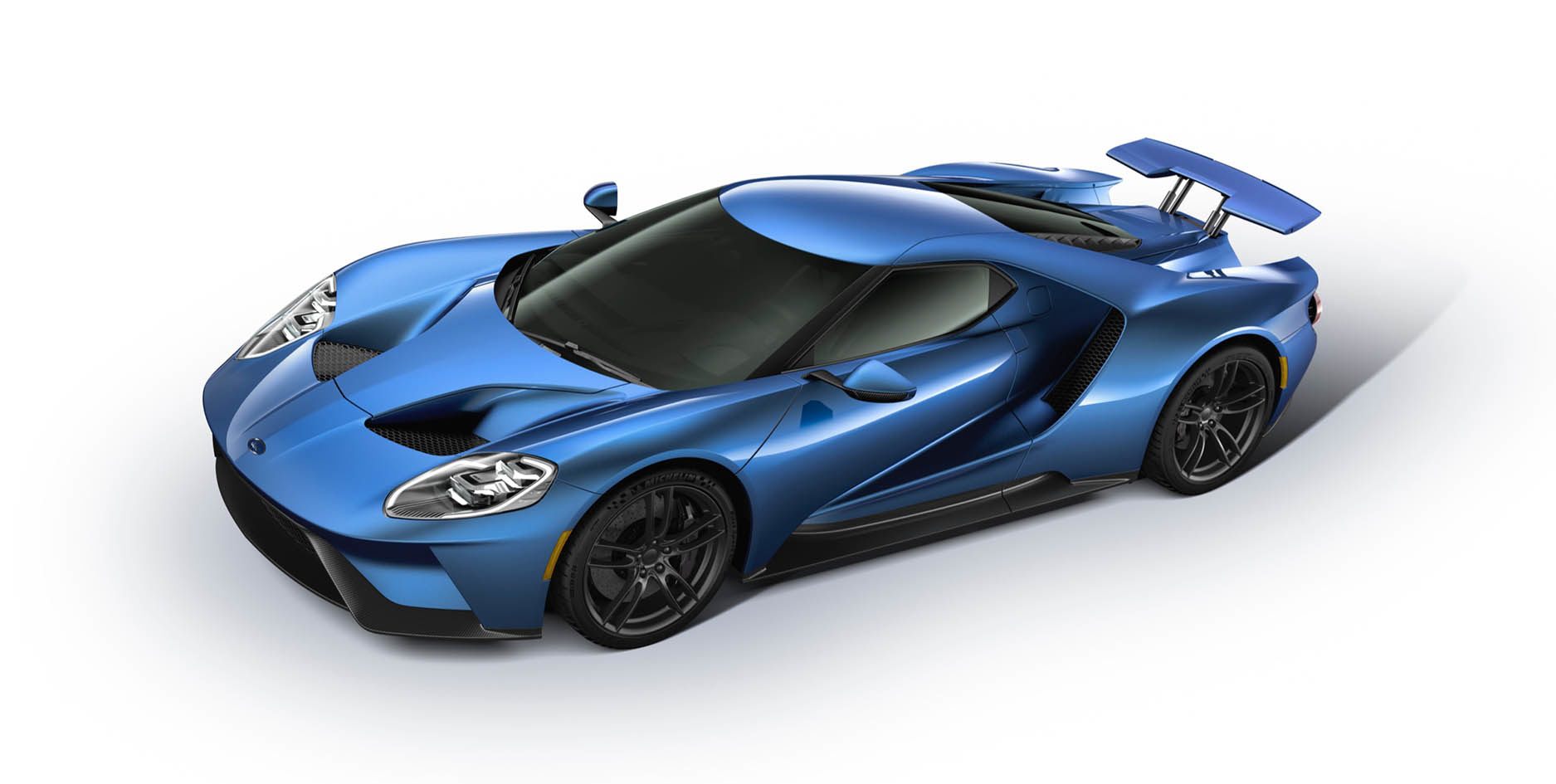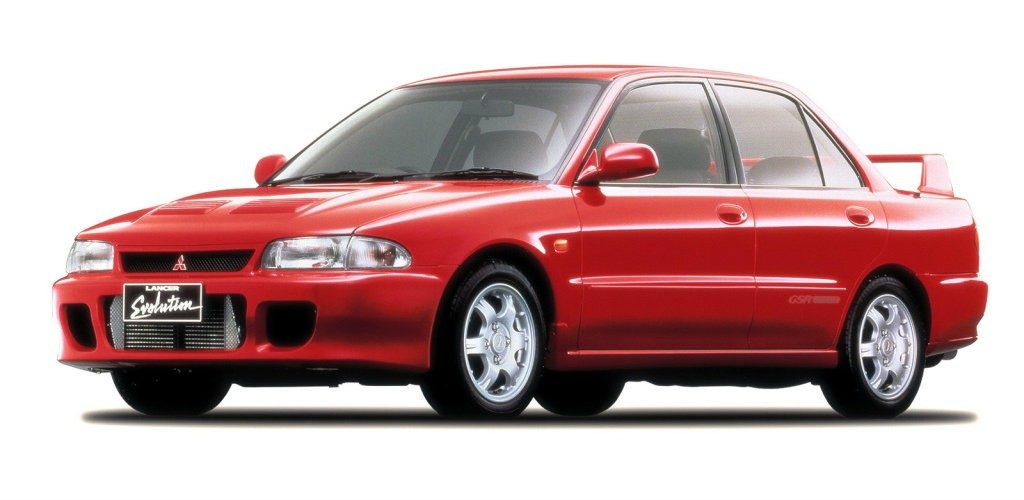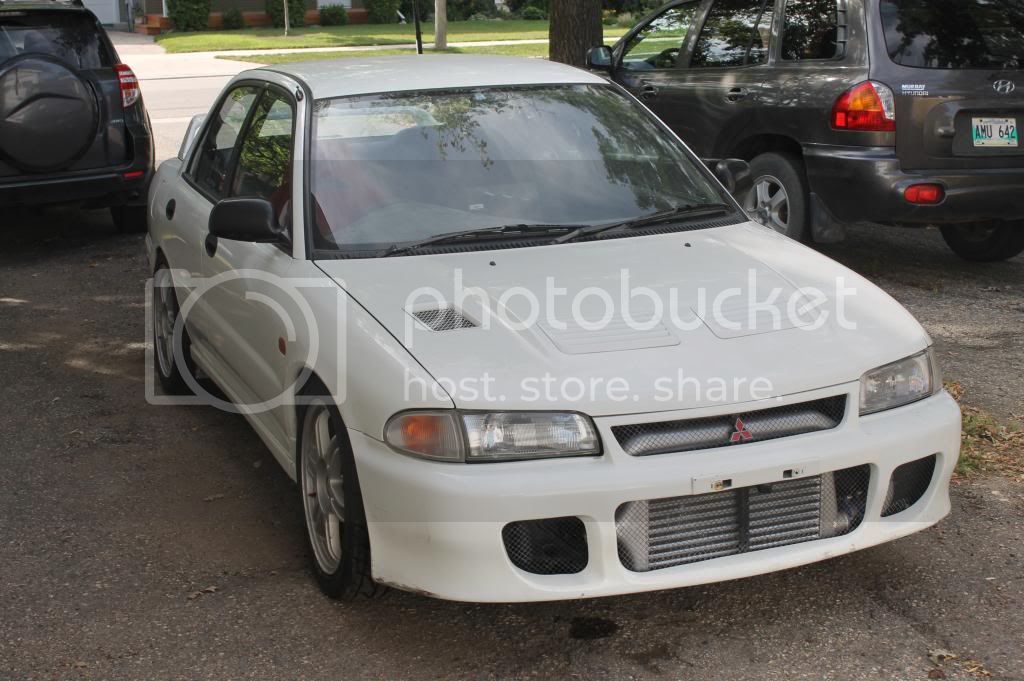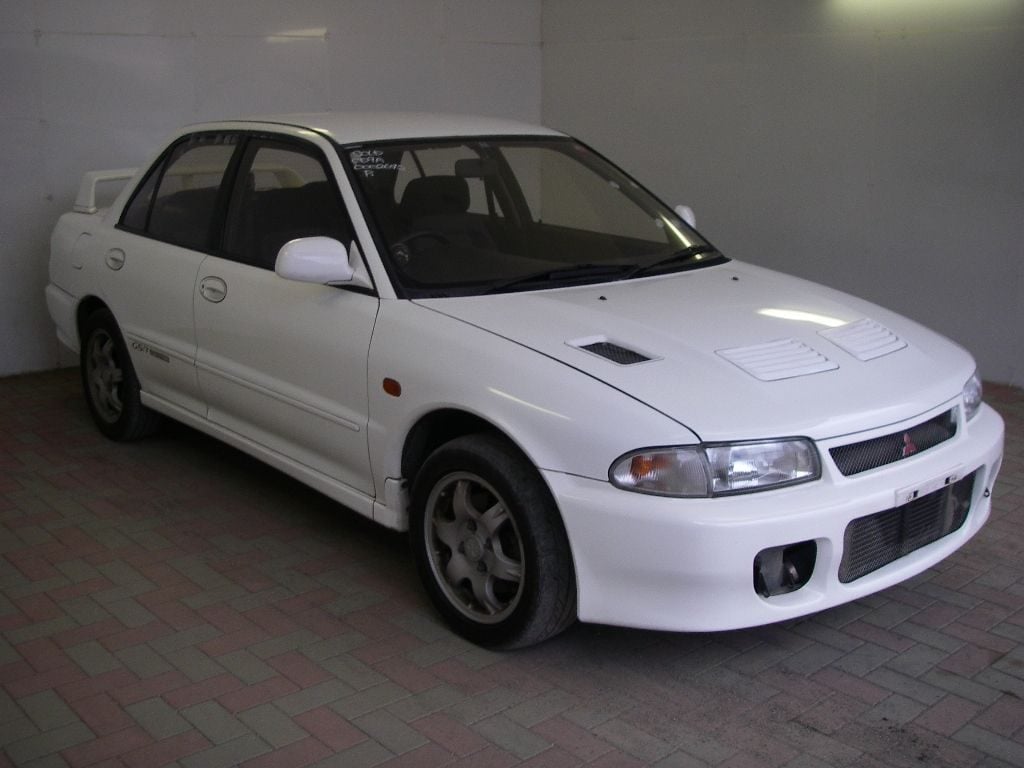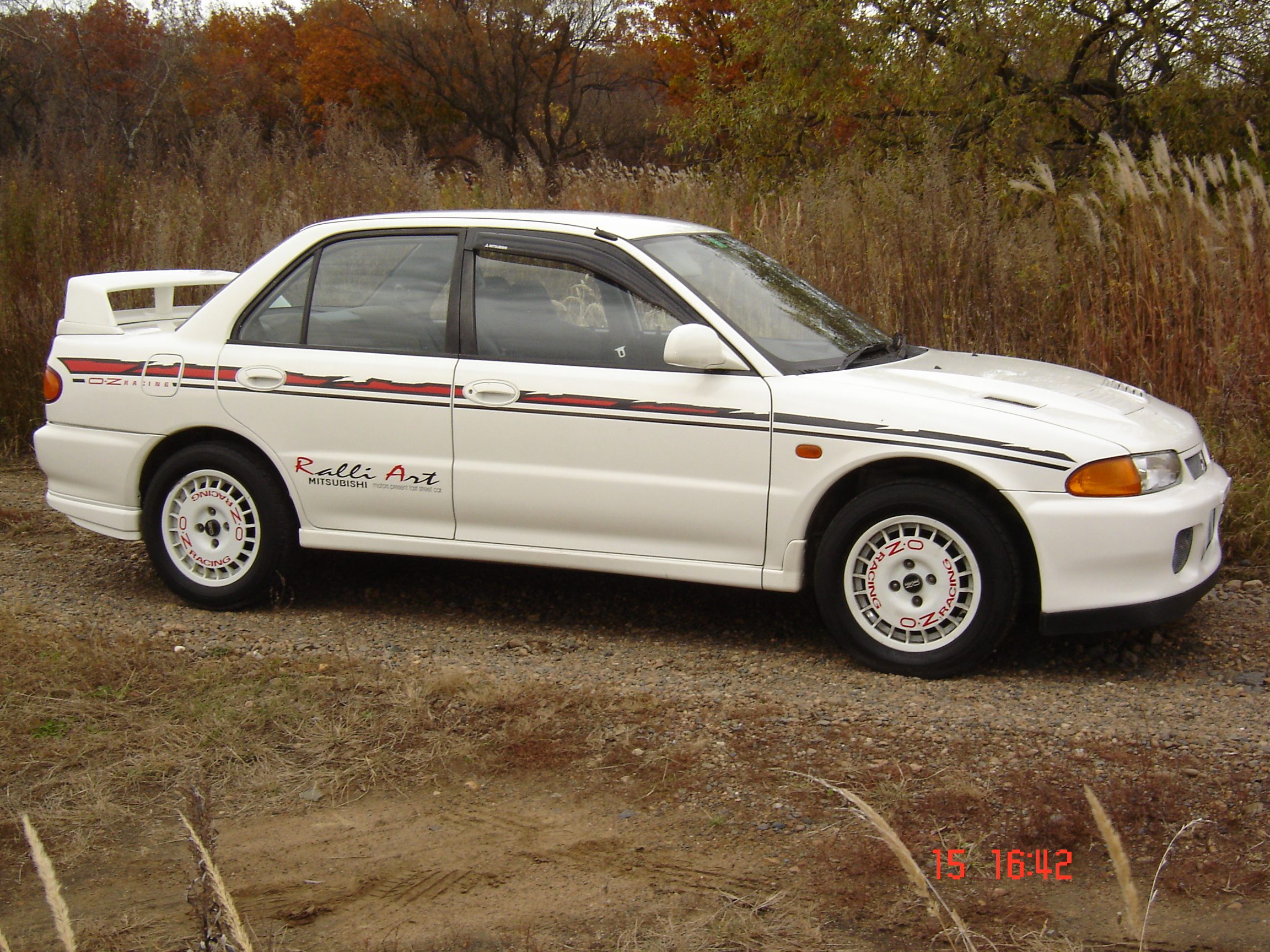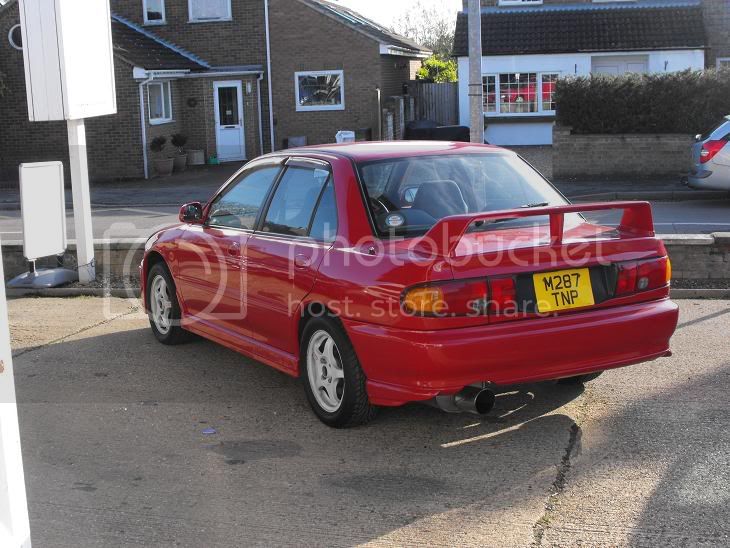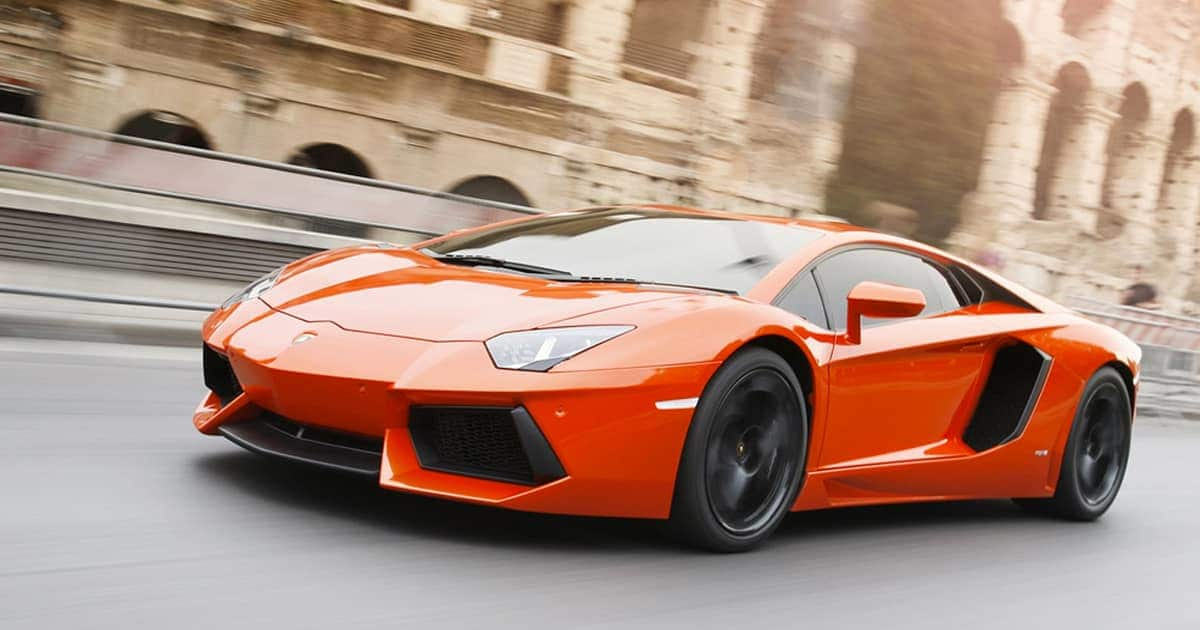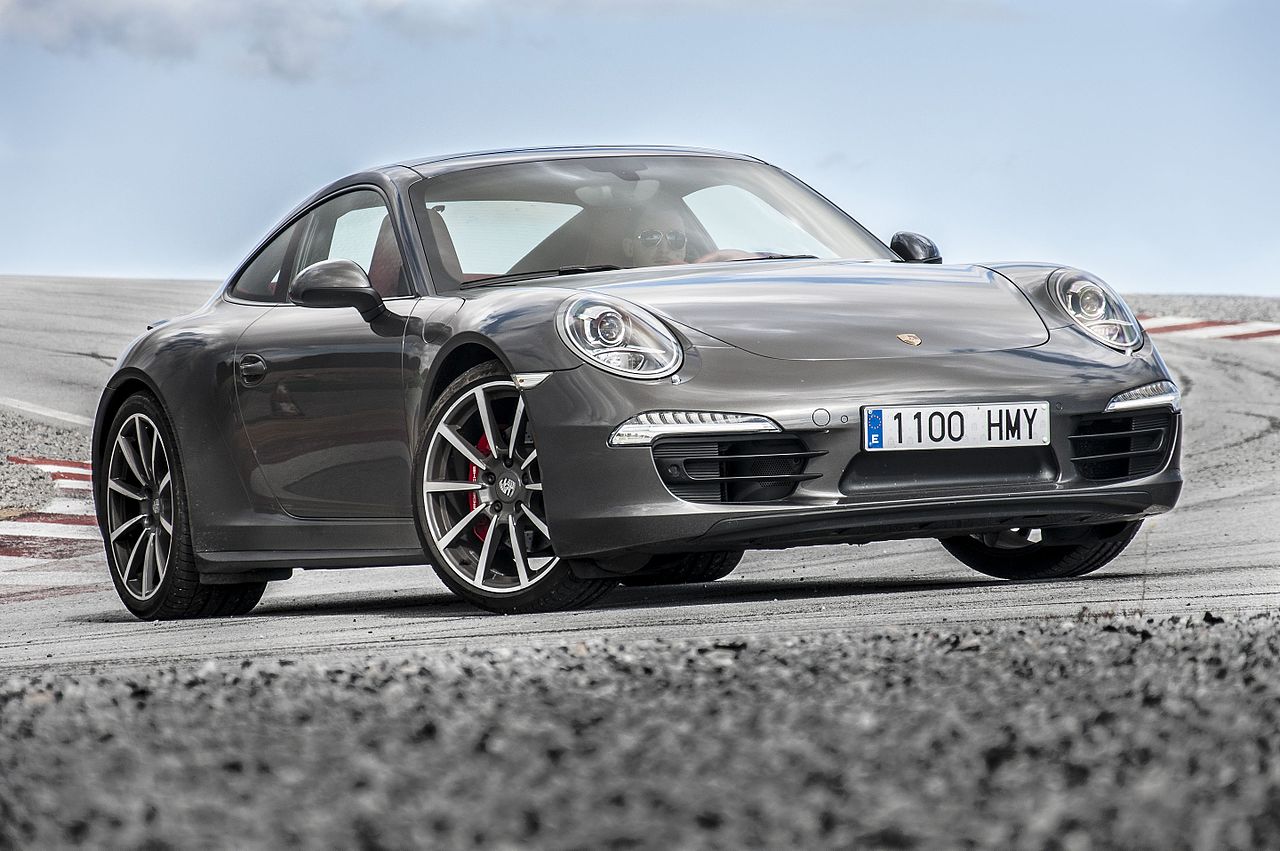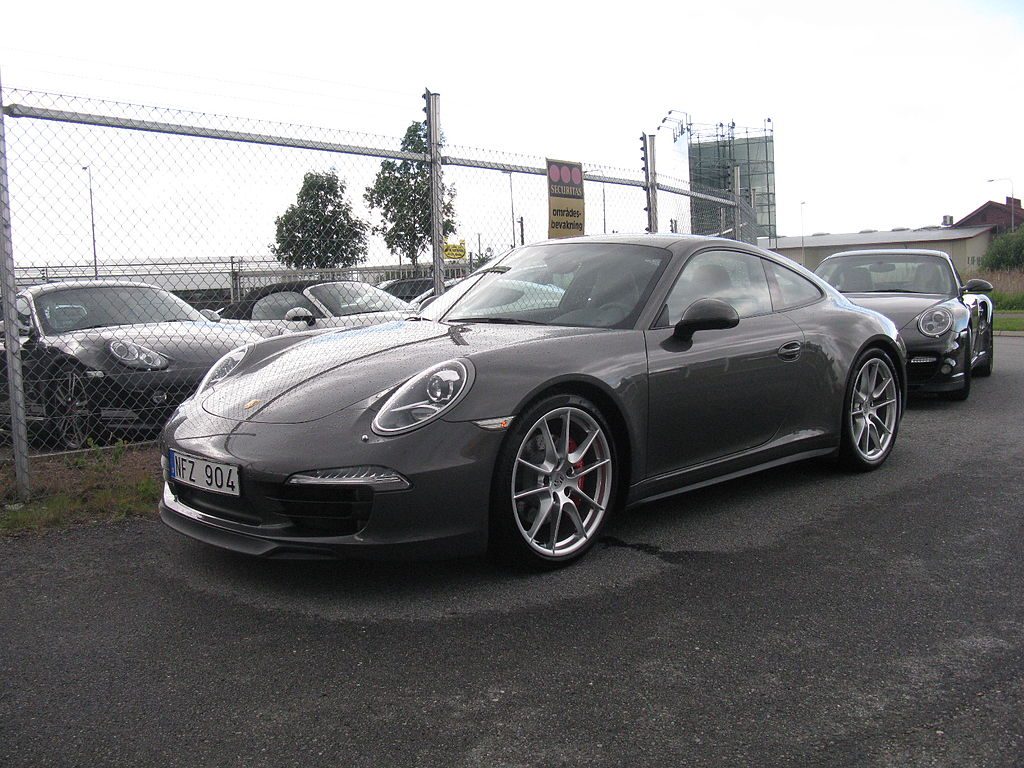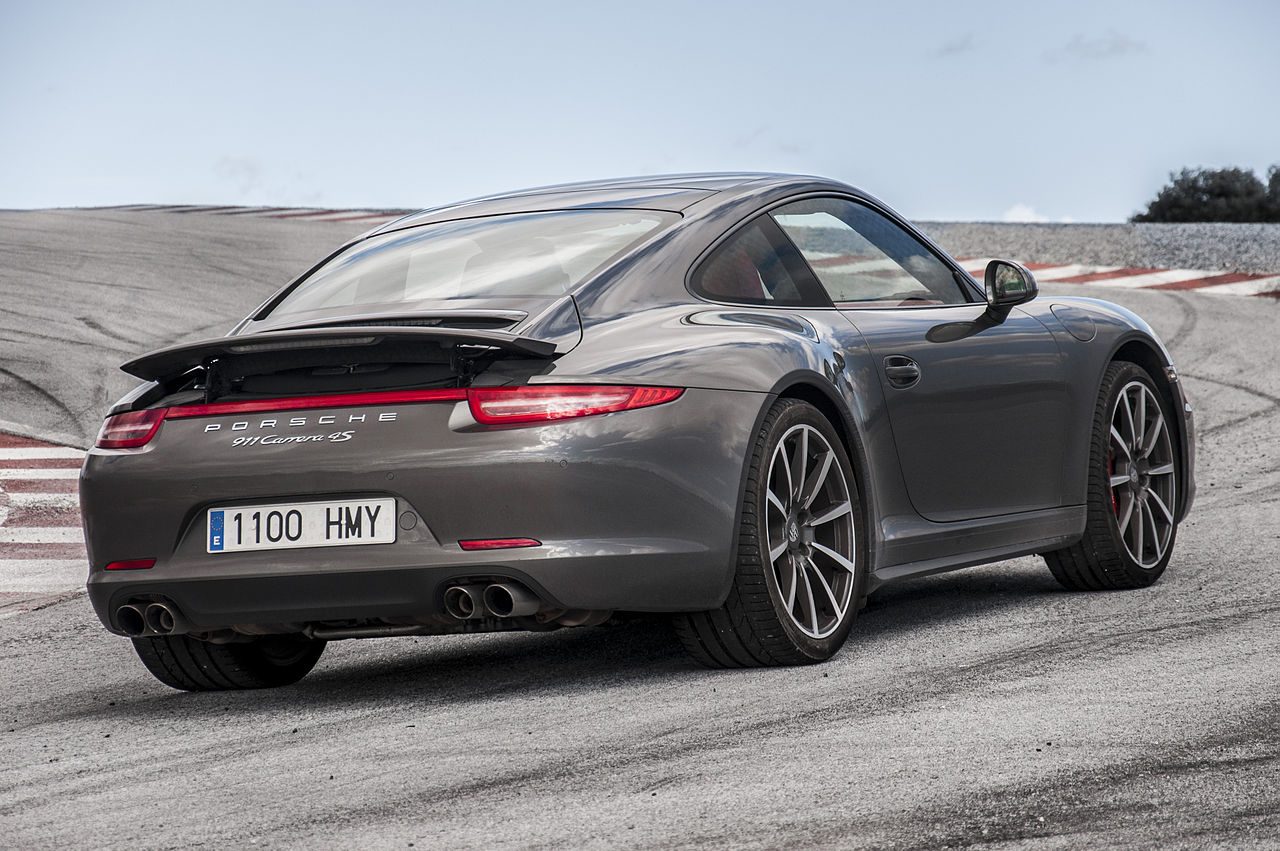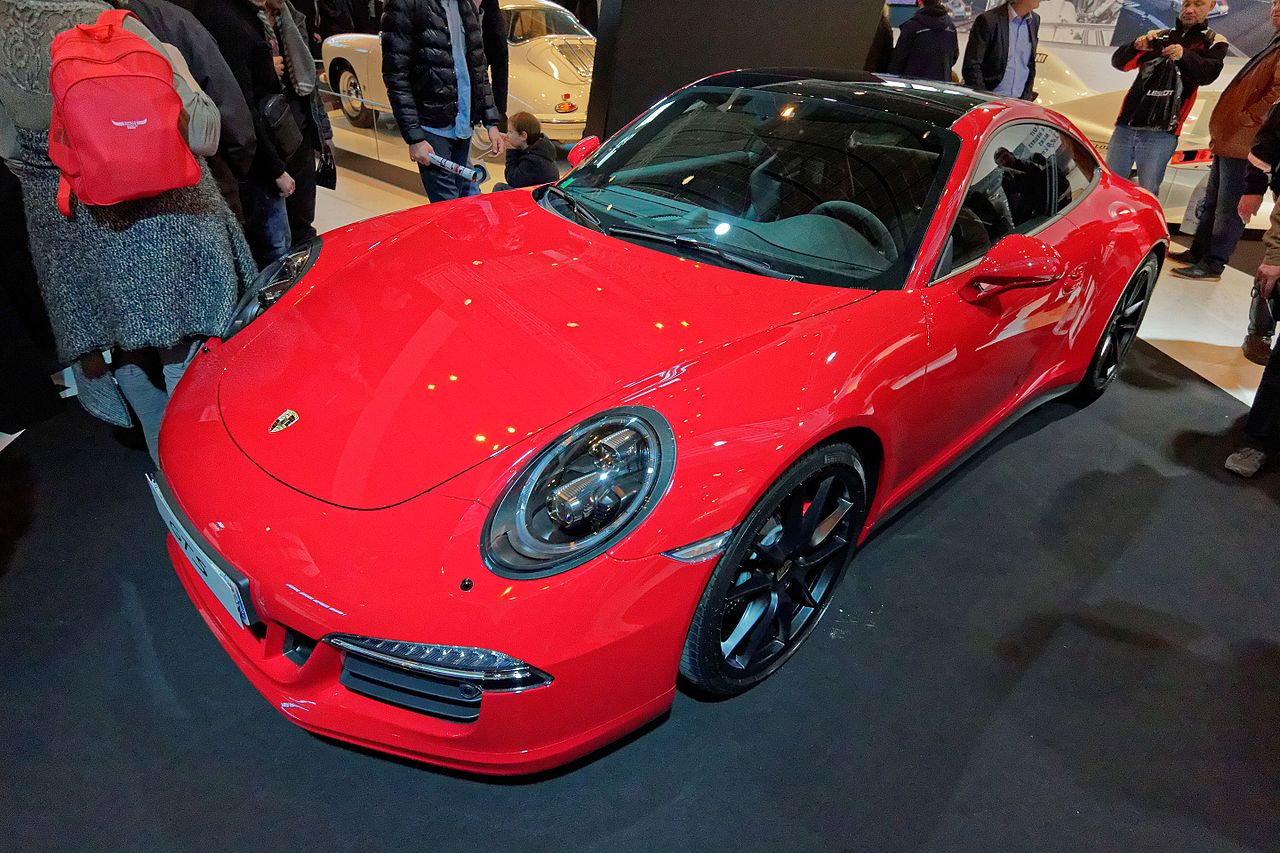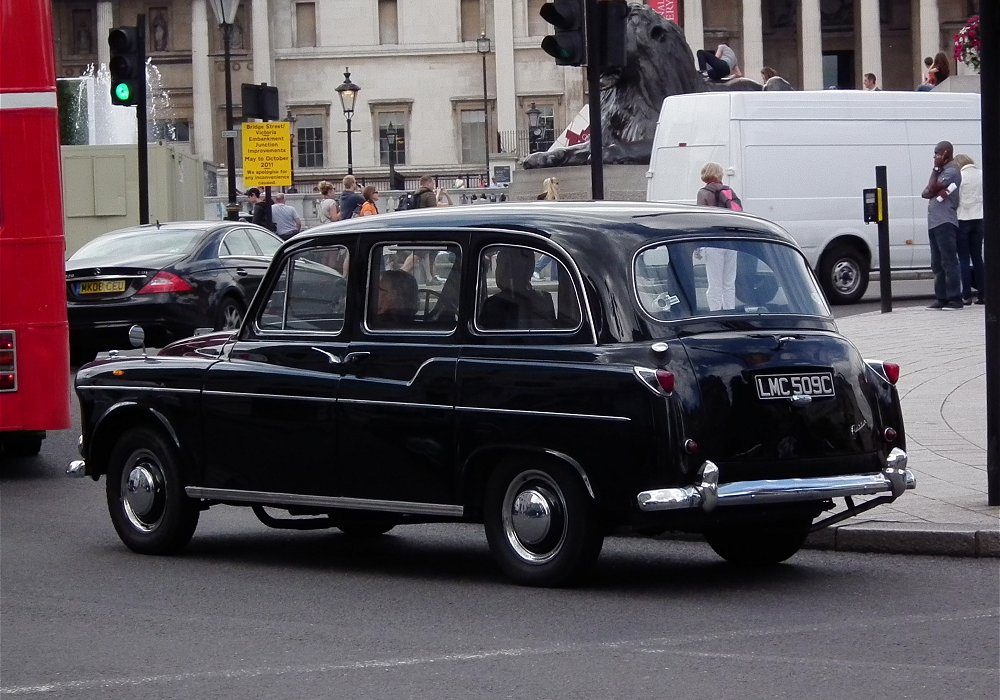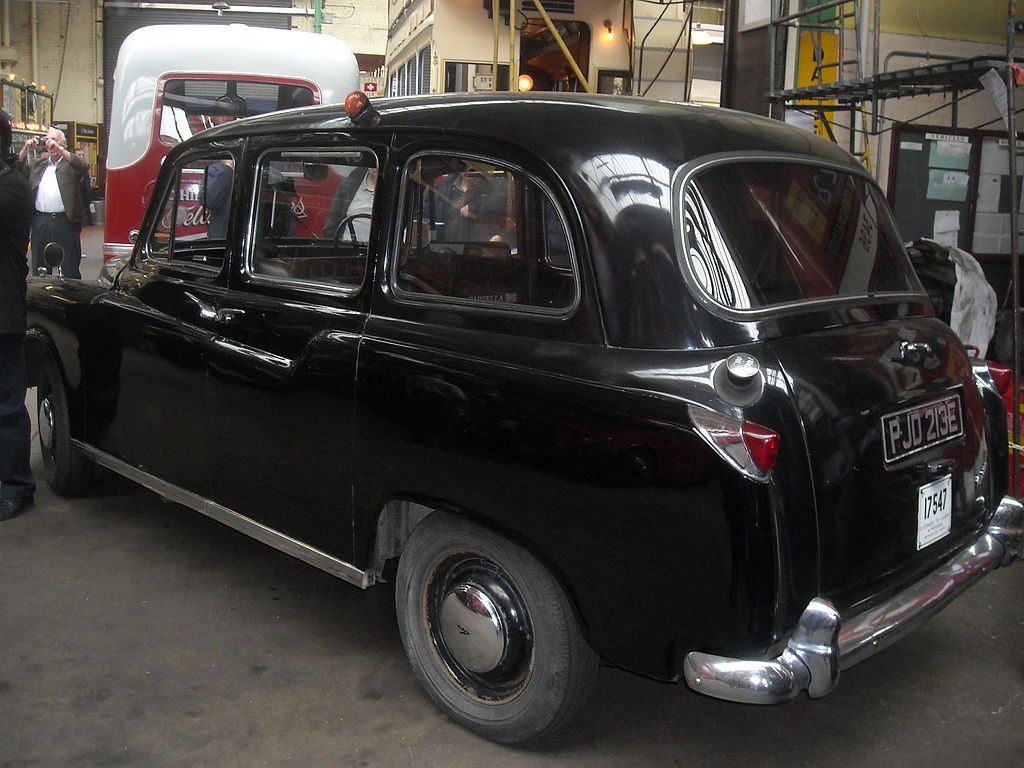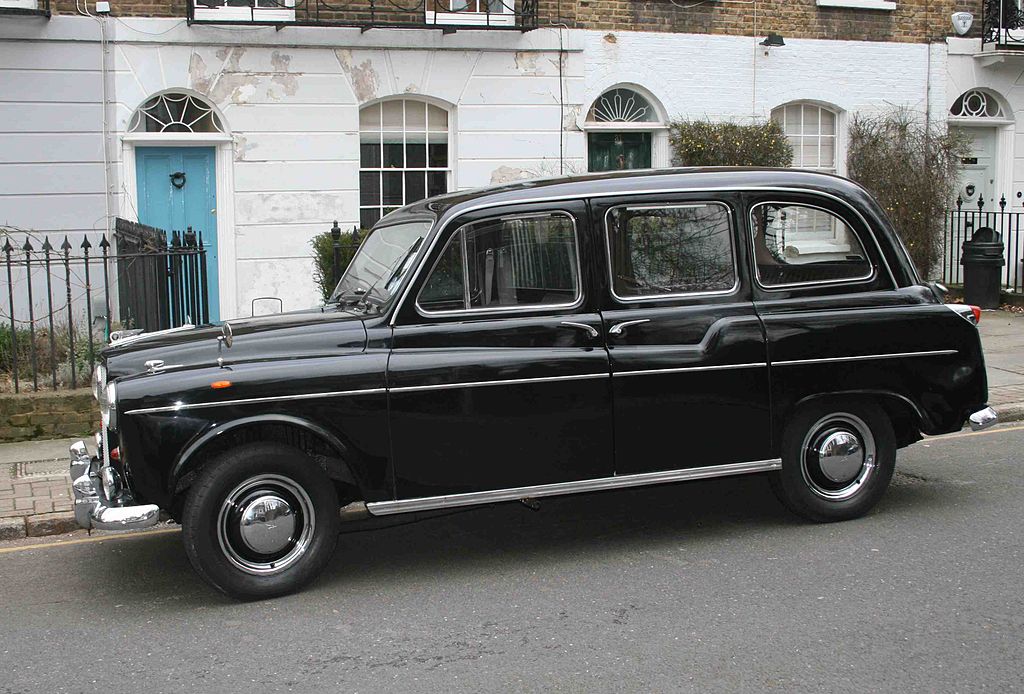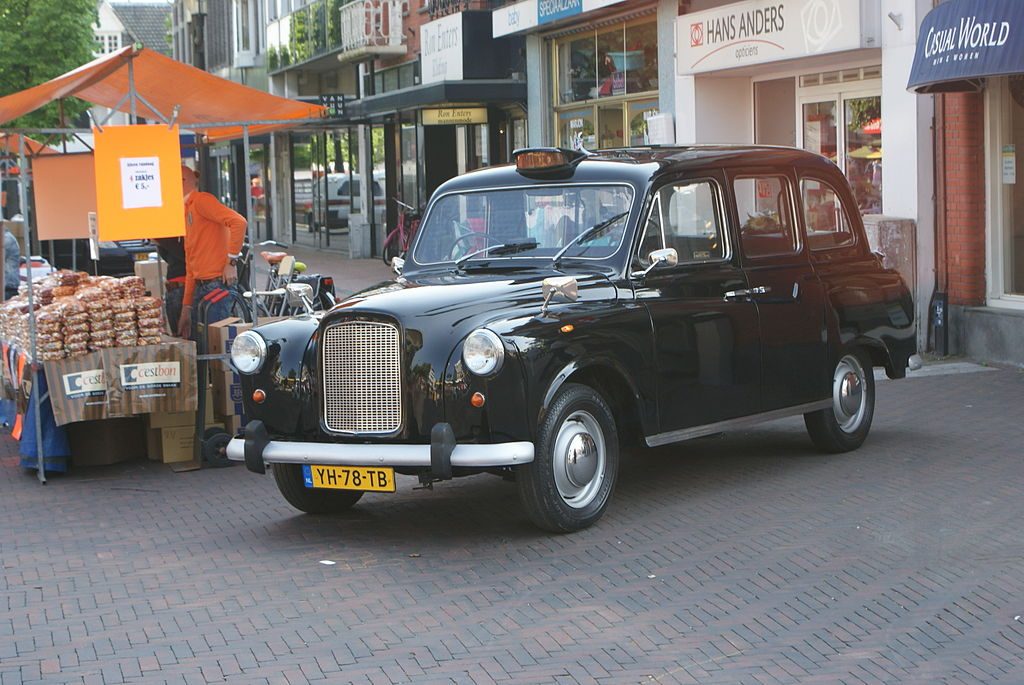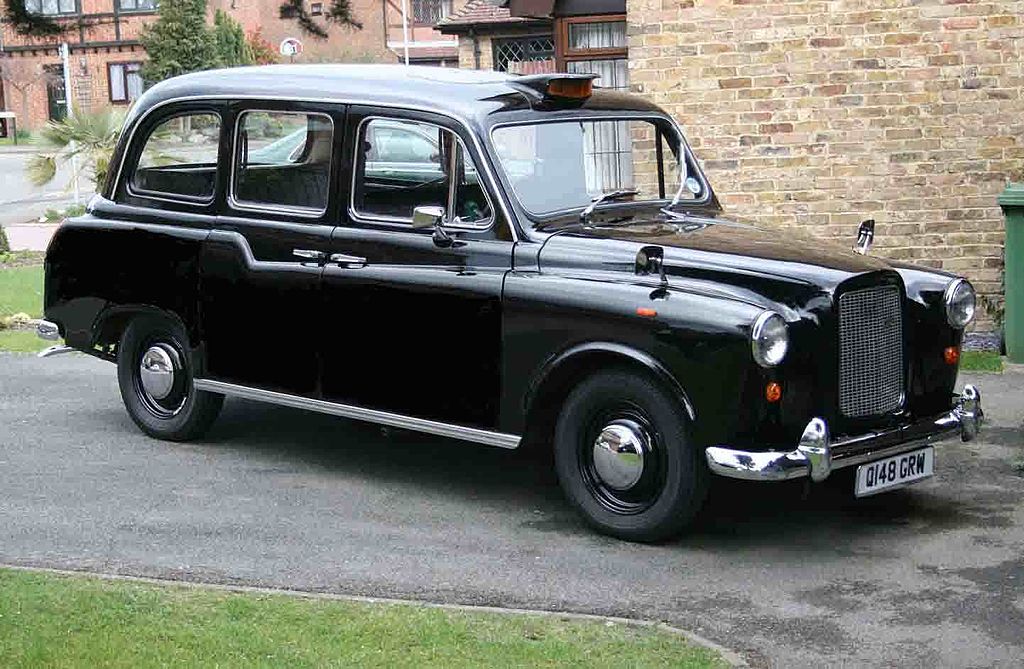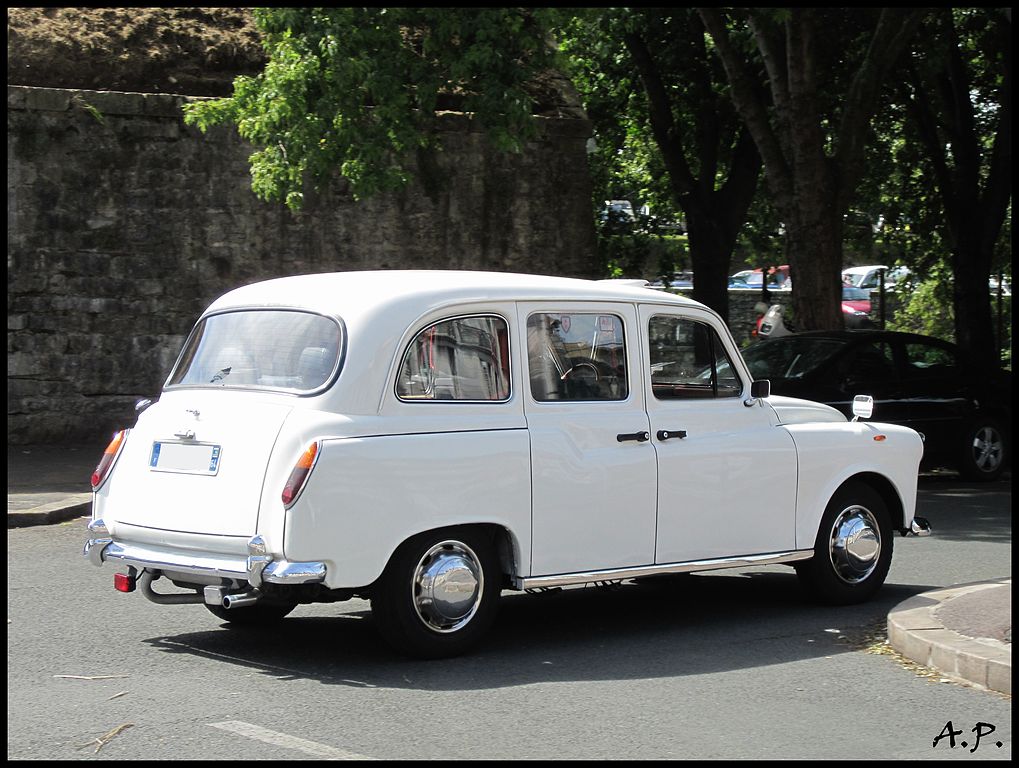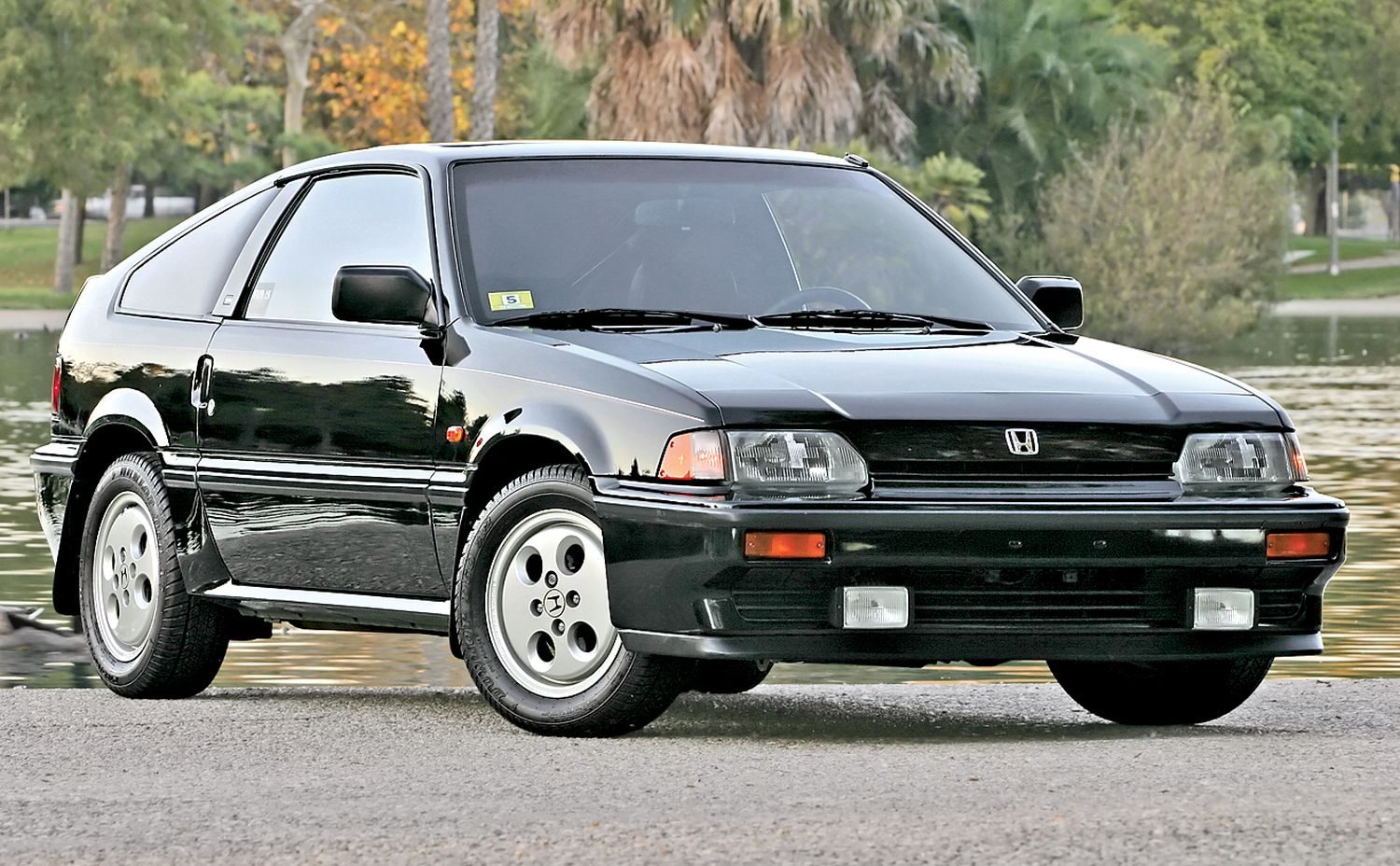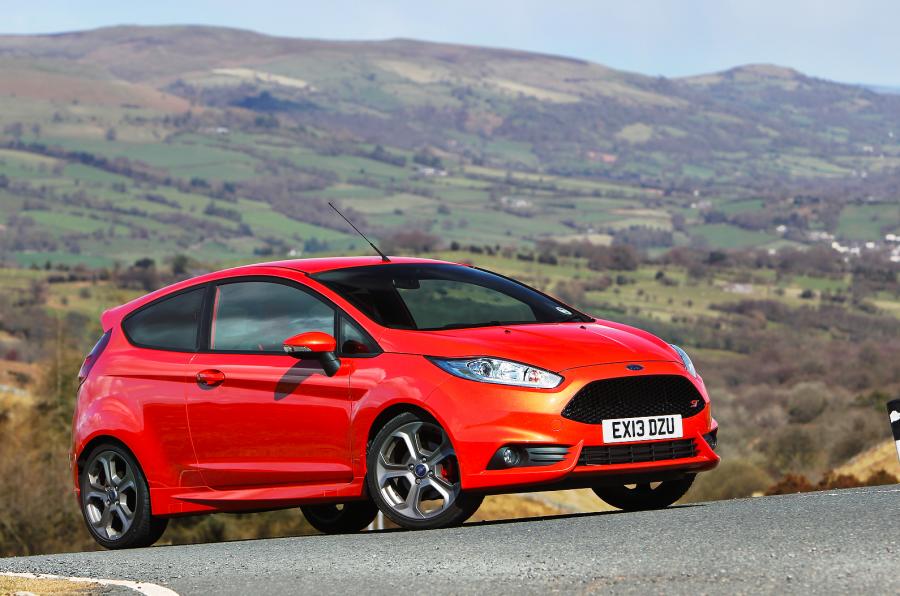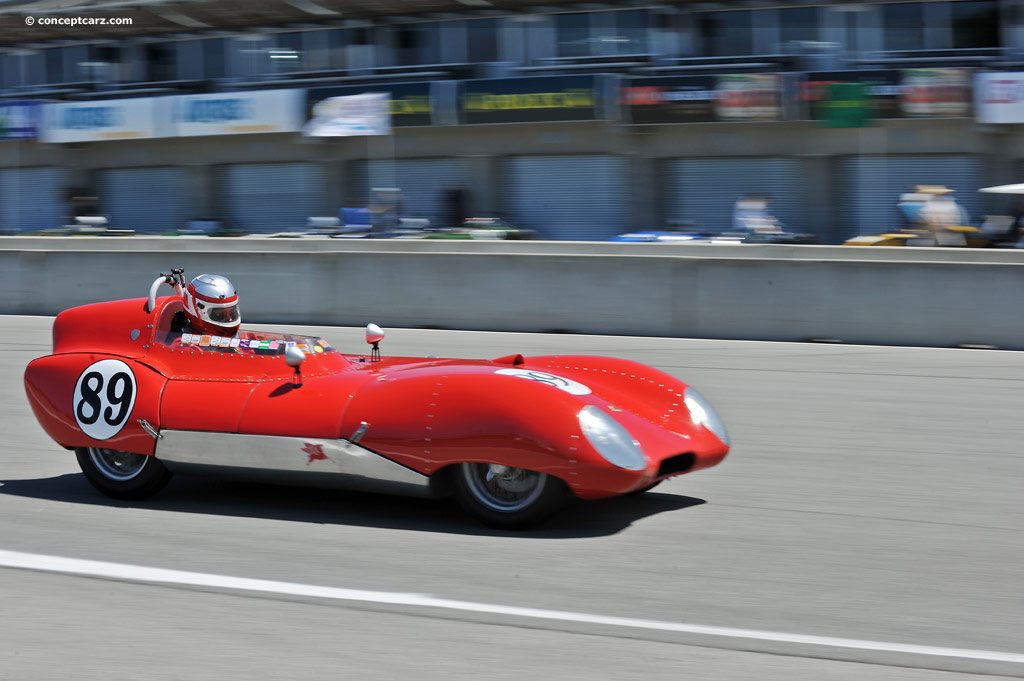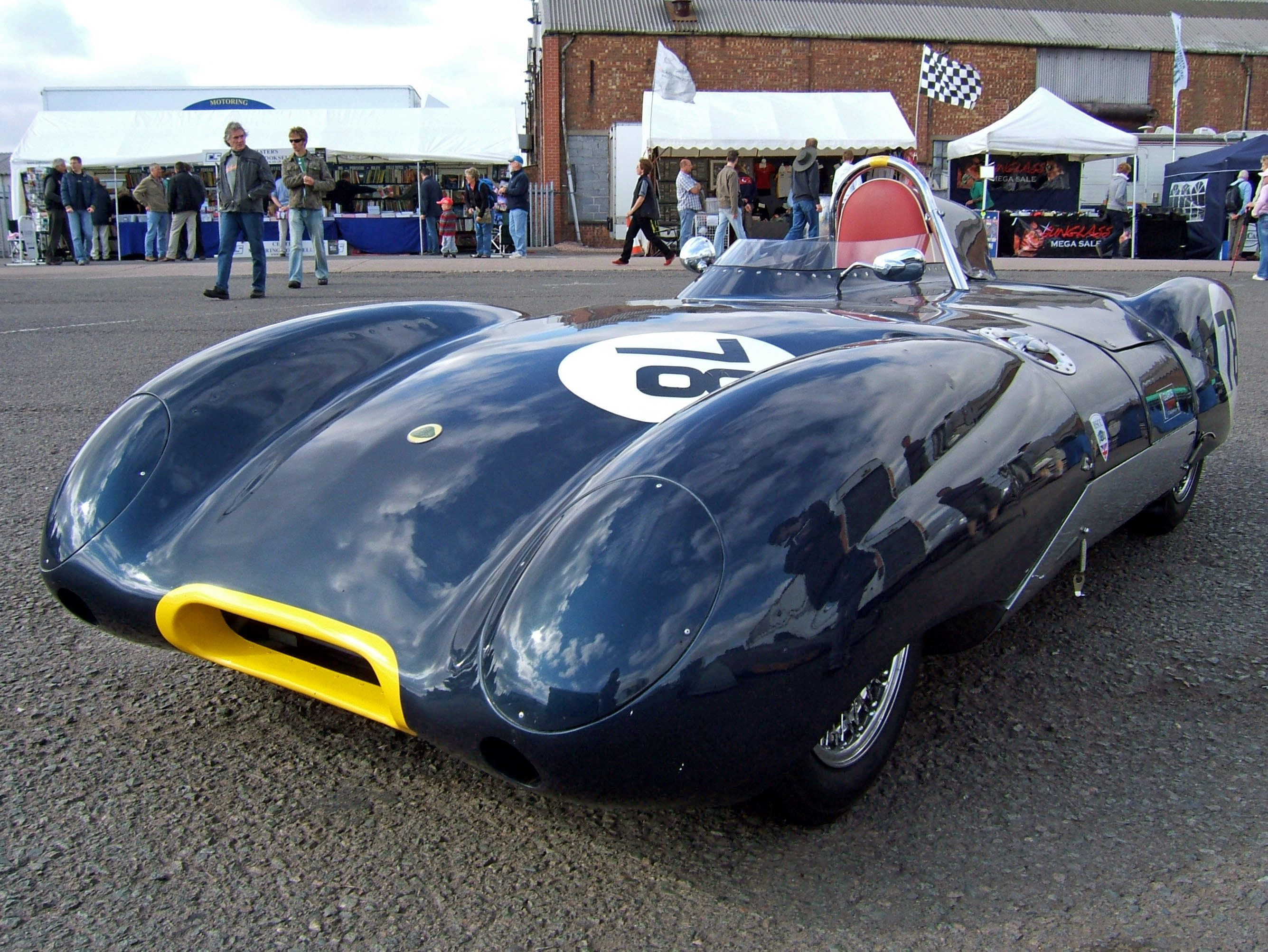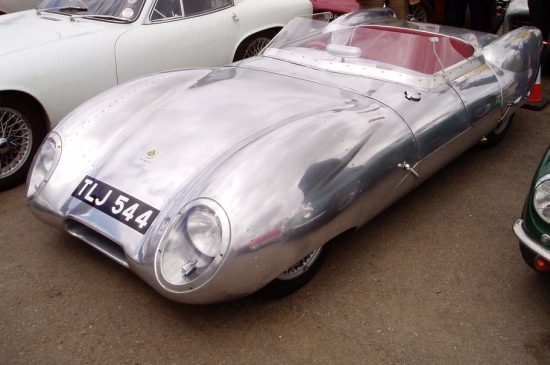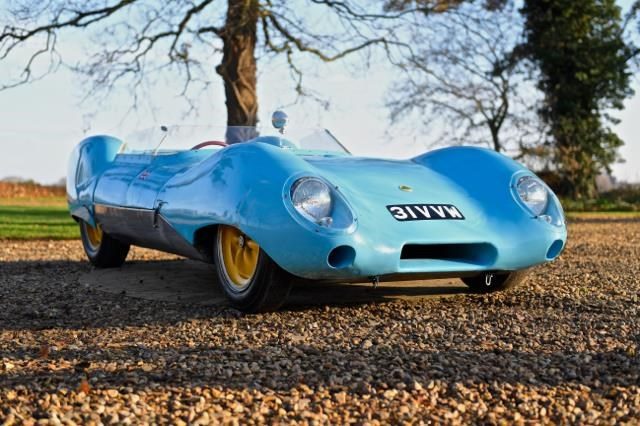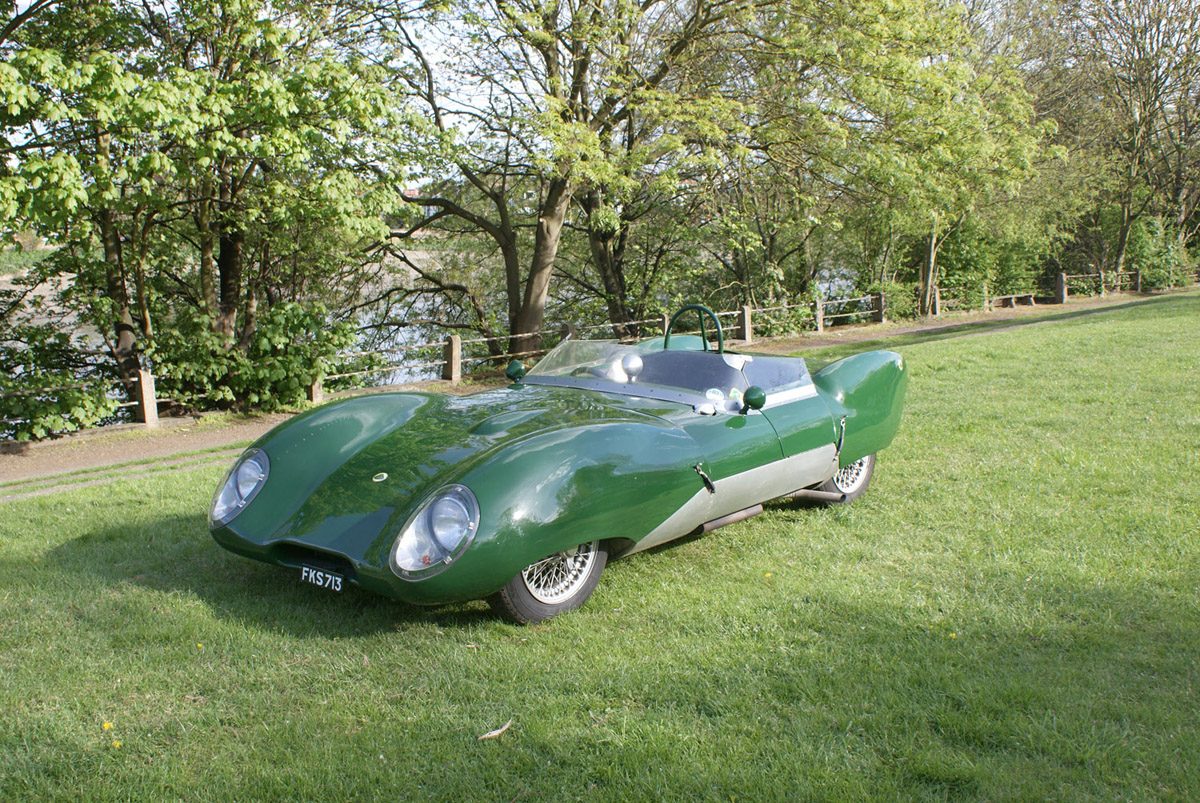A few years ago, Audi crowned its A3 lineup with a top model by its Quattro GmbH performance division, dubbed the RS3 Sportback. At the time of the RS3’s launch in the spring of 2011, the second-gen A3 was already well into the autumn of its life cycle; the RS model had not been part of the initial product plan, and it never made it to the U.S. Nevertheless, the 5300 units sold elsewhere far exceeded Audi's expectations. It exceeded ours, too, when we drove it.
With the latest version—which was planned from the get-go—Quattro GmbH has turned out an even better car. A new chassis helps; like the current A3, the RS3 Sportback is based on Audi's MQB architecture, which is significantly lighter than the previous platform, cutting curb weight by a claimed 121 pounds.
High Five
The trimmer underpinnings make life easier for the upgraded engine. The RS3 is equipped with a 2.5-liter inline-five that’s force-fed by a single turbo. The classic five-hole layout of the engine harks back to Audi’s rally cars of the 1980s, and thanks to its 1-2-4-5-3 firing order, it sounds like them, too, with a sonorous bass quality that’s enhanced by throttle-blipped downshifts in the transmission's Sport mode. It's a unique soundtrack, deeper and fuller than that of the Mercedes-Benz CLA45 AMG's four-banger and naughtier than the BMW M235i's silky straight-six.
The only transmission available is the Volkswagen Group's seven-speed “wet” dual-clutch automatic. Sadly, no manual is offered, and conversations with Quattro GmbH's technical director, Stephan Reil, don’t give us much hope for one. Performance, however, is impeccable: According to Audi, zero to 62 mph takes a mere 4.3 seconds, and top speed is governed at 155 mph or 174 mph, the latter dependent on an option package.
The RS3’s five produces 367 horsepower—27 more than last time—from 5500 to 6800 rpm, as well as 343 lb-ft of torque from 1625 to 5550 rpm. The output curves translate to seamless thrust at virtually any speed. Despite its lone turbo, this five-cylinder reacts very quickly to throttle inputs.
It Gets the Drift
The superior straight-line performance of the RS3 corresponds with significantly improved cornering abilities. Turn-in is precise, and the electric power steering is nicely weighted. In its standard configuration, the car comes with 235/35-19 rubber front and rear. However, there’s the unusual option of 255/30-19 tires for the front only, which allow the RS3 to tackle corners with even greater eagerness. Thankfully, the aesthetics don’t suffer—only those who have been told that the front tires are wider will even be able to tell.
The RS3 doesn't just turn in quickly—it likes to rotate. The electronically controlled all-wheel-drive system shuttles around output a lot quicker than before, and it can send up to 100 percent of the available torque to the rear axle. If the stability-control system is in Sport mode, this hatch can be rather easily coerced into oversteer—and if the system is off, the driver can use the throttle to keep the rear hanging out, too.
The standard high-performance braking system is good, but the optional, segment-first, carbon-ceramic brakes are better. Yet even with its prodigious sportiness, the RS3 is a supple long-distance cruiser, especially when fitted with the optional electronically controlled dampers.
Styling changes from the A3 include a body lowered by a full inch and large lower air intakes connected by a winglike element. The front fenders are wider, and the rear end is graced by a dual-outlet exhaust system.
There is no confirmation yet, but we suspect—and hope—that the RS3 will come to the U.S., probably as a notchback sedan, in the vein of the wicked Clubsport concept, perhaps in late 2016. Of course, that provocation won't sit well with Mercedes-AMG, and we fully expect a power upgrade for the already steroidal CLA45 AMG within the next two years. Moreover, there is a 395-hp version of the VW Golf R on the horizon. For now, however, the RS3 Sportback is the king of the red-hot compacts.
